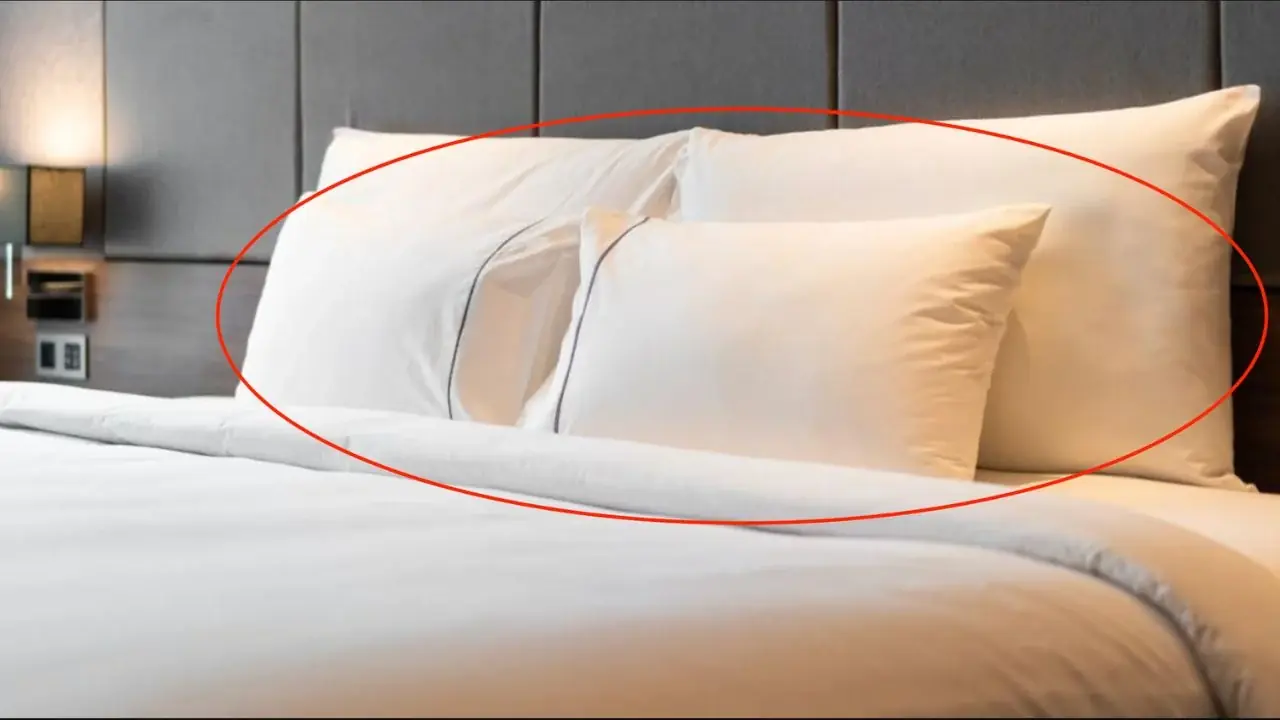
There Are 4 "Electricity-Guzzling Monsters" in the House—Here's How I Finally "Tamed" Them!
There Are 4 "Electricity-Guzzling Monsters" in the House—Here's How I Finally "Tamed" Them!
In most households, four appliances consistently rank among the top electricity consumers: air conditioners, refrigerators, washing machines, and water heaters. While many families now opt for energy-efficient products, daily usage habits ultimately determine whether the monthly electricity bill becomes a financial burden.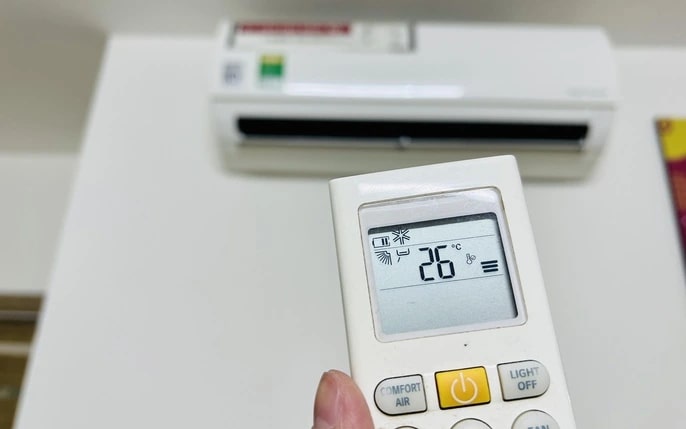
1. Air Conditioner
Air conditioners operate frequently during hot seasons, often becoming the primary culprit behind skyrocketing electricity bills. To conserve energy effectively, it's advisable to install the air conditioner in a shaded area, avoiding direct sunlight exposure, such as west-facing windows. This placement prevents the unit from overworking to cool the surrounding hot air.
Regularly cleaning the air filter is also crucial, as accumulated dust reduces cooling efficiency, causing the machine to run longer to achieve the desired temperature.
Lastly, set the temperature appropriately; around 26°C is ideal for comfort without causing thermal shock or excessive energy consumption. For every degree lower, energy usage increases by approximately 7–10%.
2. Refrigerator
Refrigerators operate continuously, necessitating attention to energy-saving practices. A simple yet effective tip is to maintain a 15cm gap between the refrigerator and the wall, allowing the condenser to dissipate heat efficiently and reducing the compressor's workload.
When purchasing a refrigerator, models with the freezer compartment on top typically consume 10–15% less electricity than side-by-side two-door models. Additionally, set the refrigerator compartment to about 3–4°C and the freezer to around -15°C to -17°C, sufficient for food preservation without excessive energy use.
Another straightforward method is to check the door seal's tightness by placing a piece of paper between the door and the frame; if it slides out easily, consider replacing the gasket. Also, defrost the freezer regularly, as frost thicker than 1cm forces the refrigerator to work harder than usual.
3. Washing Machine
Many people habitually wash small loads for convenience, but this practice is inefficient. It's best to wait until there's enough laundry for a full load (typically around 5kg) to optimize water and energy usage. If washing smaller loads is necessary, select the half-load setting if available.
Additionally, avoid using hot water unless necessary, as heating water consumes significantly more electricity. Regularly clean the washing machine's drum and detergent drawer to maintain efficiency and prevent mold buildup.
4. Water Heater
Water heaters, especially storage types, can be significant energy consumers if not used wisely. To save electricity, consider turning off the heater when not in use or installing a timer to control operating hours.
Setting the thermostat to around 50°C is sufficient for most household needs and prevents unnecessary energy consumption. Regularly descale the heater to maintain efficiency, as mineral buildup can insulate the heating element, causing it to use more energy to heat water.
By implementing these practical tips, it's possible to "tame" these energy-consuming appliances, ensuring comfort while keeping electricity bills in check.
News in the same category


Walking around the market, a smart person can immediately see that these 5 types of vegetables are "soaked in chemicals", especially number 4

6 effective and safe ways to handle leftover cooking oil you should know
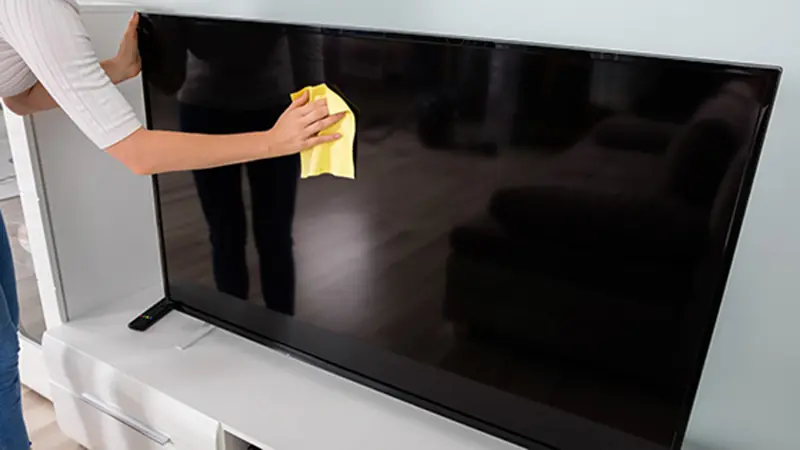
How to clean your TV screen safely without causing damage

Tips with salt and beer

Pay attention to these types of garlic when going to the market

Don’t Throw Away Leftover Lemon Peels — Keep Them for These 5 Amazing Uses

Many people do not know: Don't be foolish to combine these things with beef!
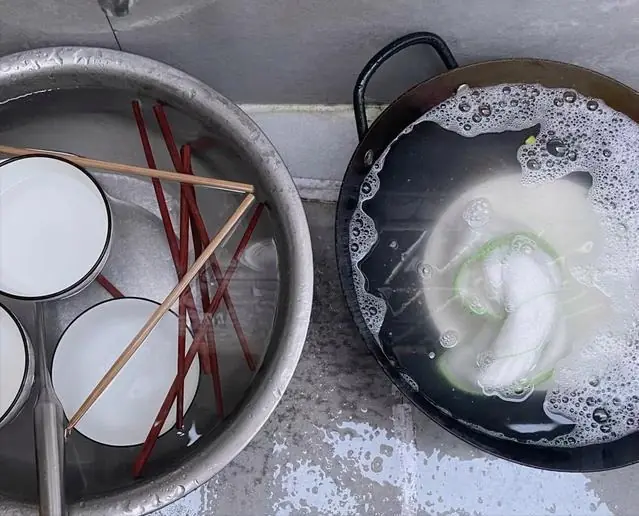
5 mistakes when washing dishes that cause cancer in the whole family, many people do them every day without knowing, especially number 3

Doctor reveals the 'often overlooked' body part you MUST clean every day, or it could be life-threatening
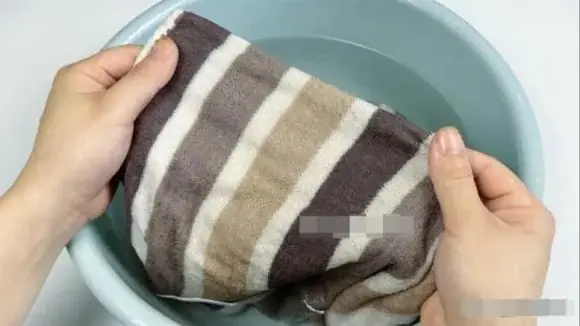
Why Do Towels Turn Yellow and Stiff Over Time? Add This Simple Ingredient to Restore Them Instantly
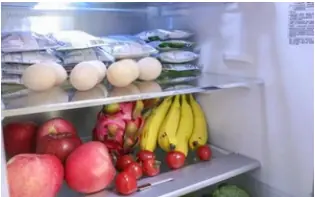
4 things you SHOULD NOT put in the refrigerator: The longer you leave them, the more they will spoil, completely counterproductive!

This wild vegetable "pumps" natural retinol, and is also super rich in vitamin C. Eat it regularly to keep your skin plump with collagen

These 7 vegetables turn out to be super "oil absorbers", be careful because the more you eat, the fatter you get

How to remove bitterness from cucumber

Surprising uses of rice you should know

Tips to quickly get ants out of sugar jars

Doctor gives tips on drinking water to prevent disease and improve health without spending money
News Post

The Gospel According To Joan
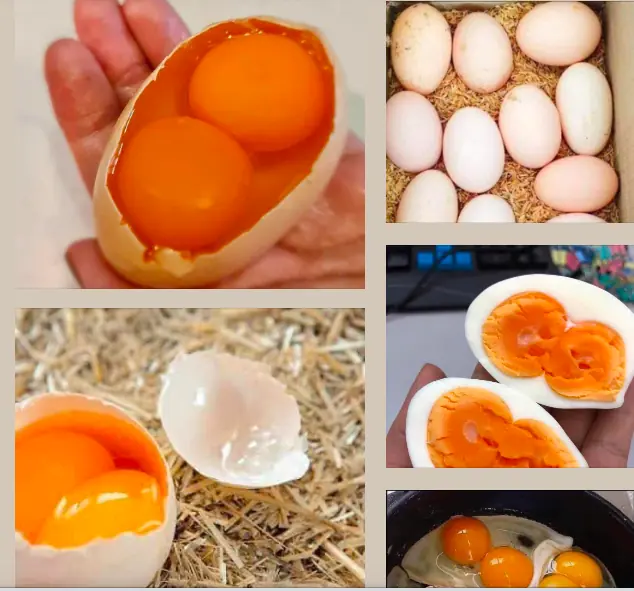
Are These Mutant Eggs Safe to Eat? The Truth About Double Yolks and Rainbow Shells

Growing hydrangeas from cuttings

One Thing Most Stro.ke Victims Have in Common: Are You Living at Risk of Cerebral Infarction?

Suddenly Suffering a Stroke After Waking Up, the Woman Regrets a 'Critical' Mistake She Made Six Months Ago

Eating These 5 Foods for Breakfast Is Like Shortening Your Lifespan — But Many People Still Love Them
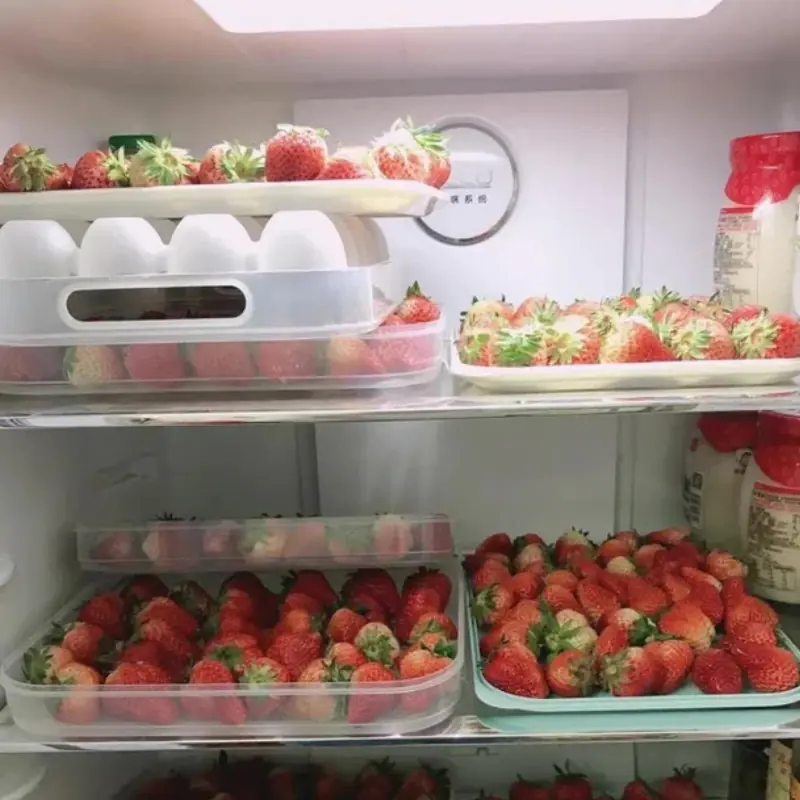
5 Foods That Stay Edible for a Whole Month at Room Temperature — But Spoil Quickly in the Fridge!

Waking Up at This Hour Every Day May Signal Lu.ng Damage — See a Doctor Immediately if You Also Have These 6 Symptoms

Many doctors recommend using two pillows when sleeping for better sleep health!

Eat 4 foods on an empty stomach in the morning to help clean the intestines, improve digestion, and prevent canc.er
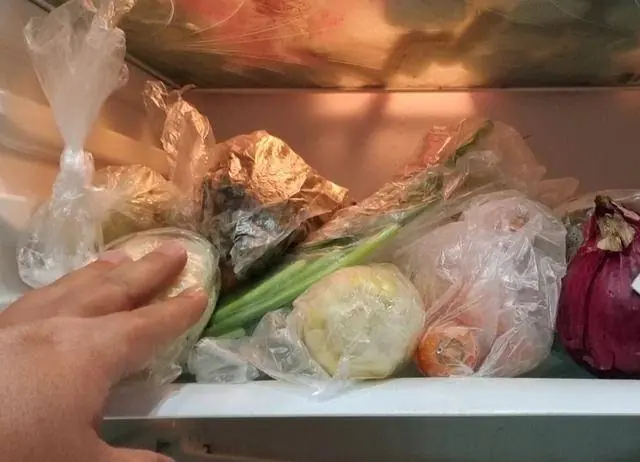
Putting plastic bags in the refrigerator causes can.cer? After hearing the truth, many people immediately ran to do 1 thing
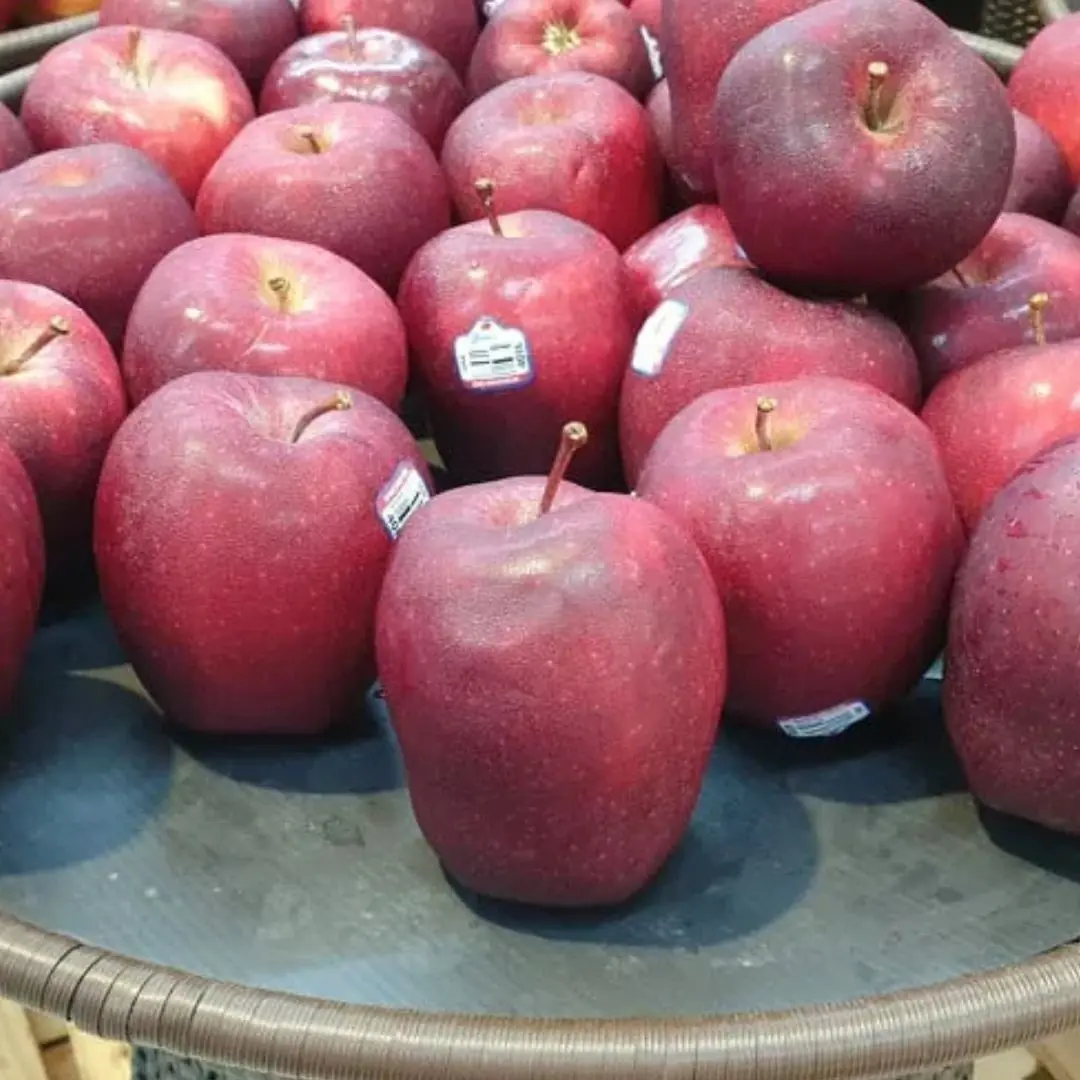
Top foods to absolutely avoid at night if you don't want to affect your health

Walking around the market, a smart person can immediately see that these 5 types of vegetables are "soaked in chemicals", especially number 4
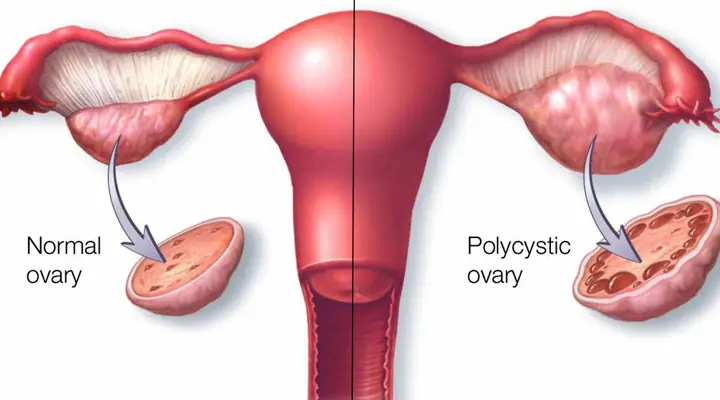
Eat 6 things to help women detoxify their ovaries and prevent gynecological diseases

4 warning signs of nasopharyngeal ca.n.c.er that are most easily overlooked

Female patient suffered a perforated small intestine due to a 'lost' thing in her body for 30 years

If you are looking for a natural and safe weight loss juice, this recipe from watermelon, carrots, beets and ginger is worth a try

The Peels of These 3 Fruits Are Actually 'Pesticide-Free Vegetables': Cook 3 Delicious Dishes That Also Beautify Your Skin and Aid in Weight Loss
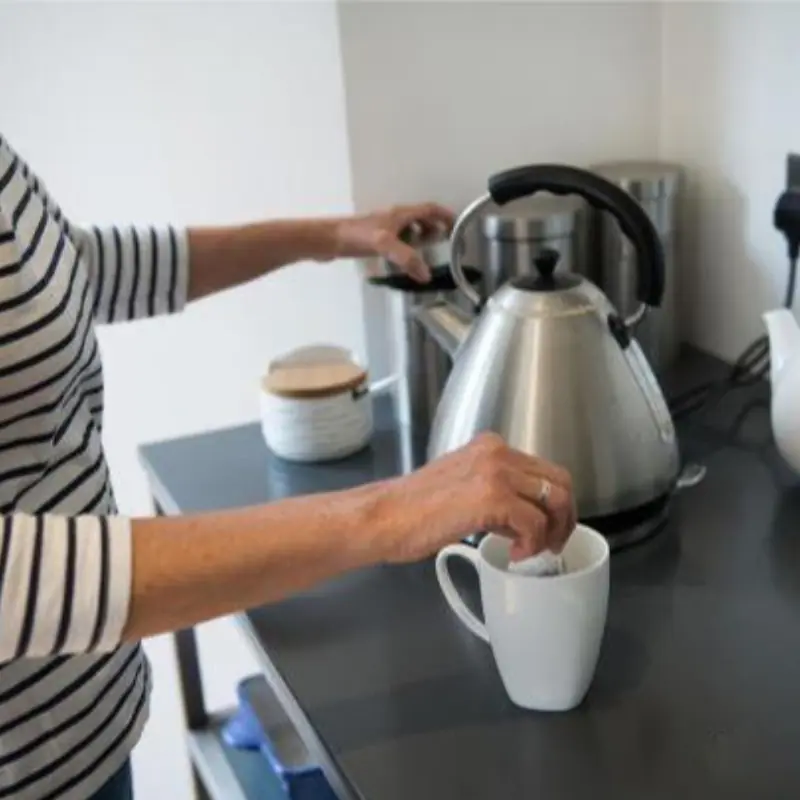
One Person Boils Water, the Whole Family Gets Cancer
